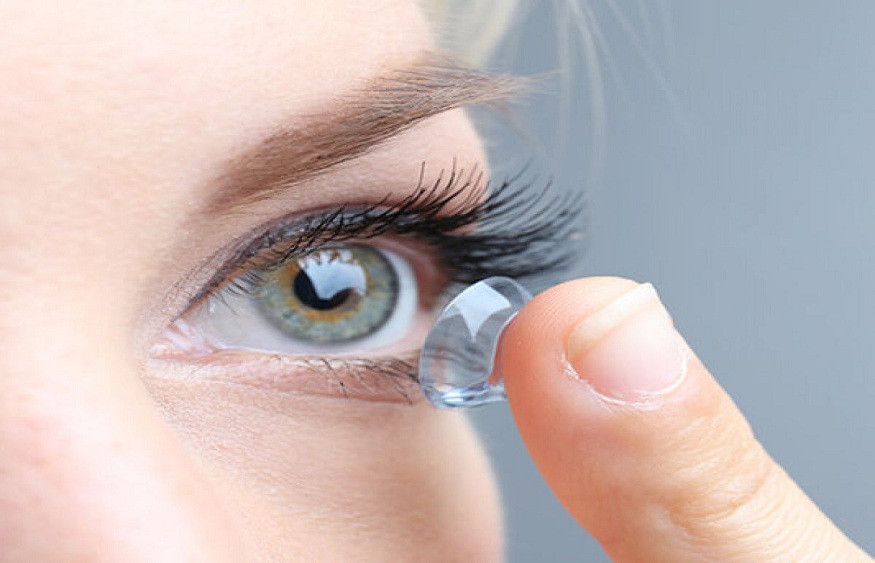The Price of Glasses versus Contact Lenses

More than $15 billion is spent annually on corrective eyewear in North America alone. Contact lenses and glasses serve the same purpose: they correct vision disorders such as astigmatism, hyperopia, myopia, and presbyopia. Eyeglasses are relatively easier to wear and do not make the eyes more sensitive, although they can be a nuisance for some. Contact lenses can be used during physical activities, do not fog up due to weather, and are generally inconspicuous.
As a result, while eyeglasses and contacts can improve your vision, there are differences between these two types of vision-corrective eyewear, including their cost.
What Are the Differences Between Glasses and Contacts?
Astigmatism
Astigmatism can be corrected with both spectacles and contact lenses. Because of an uneven cornea, this condition affects your eyesight. Many believe that wearing glasses can only fix astigmatism, but it can also be addressed by wearing contact lenses. Wear GP contacts generally address astigmatism since they preserve and retain their form, making them preferable to softer lenses.
Handling & Cleaning
Both spectacles and contact lenses must be cleaned and treated carefully. Depending on the contact lenses you use, you must spray and wash eyeglasses several times per day; you must take varied degrees of care of them. Cleaning GP contact lenses are especially simple and require very little time.
Benefits of Glasses
As previously said, wearing glasses is more convenient. They do not cause infection, irritation, or redness, and they do not require sterilisation. Treating vision disorders with glasses can be especially cost-effective for people with adequate medical and vision insurance. In addition, eyeglasses do not require frequent maintenance and are not frequently changed. On the other hand, eyeglasses can be worn around the clock and are noted for not producing any of the issues that are occasionally linked with contact lenses.
The Drawbacks of Glasses
Eyeglasses are inconvenient. They are always visible, easily fogged up, and, for some, create an uncomfortable weight on your face. In addition, if eyeglasses are not adequately cared for, they might be shattered or misplaced.
Advantages of Contact Lenses
Contact lens, unlike glasses, are discreet and barely noticeable, even when worn directly over the eyes. Because of their unobtrusive nature, contact lenses can be used during physical activities, which is often not possible when wearing eyeglasses. Because they are worn directly on the eyes, they allow you to focus on your whole field of view. There are no bothersome reflections or blockages when wearing contact lenses, and they do not fog up.
The Drawbacks of Contact Lenses
Contact lenses must be cleaned every day with solutions that must be purchased. Failure to keep contact lenses clean might lead to a dangerous eye infection that may necessitate costly medical care. In addition, contact lenses can only be worn for a limited time before they must be replaced with eyeglasses, and a fresh prescription must be obtained annually.







